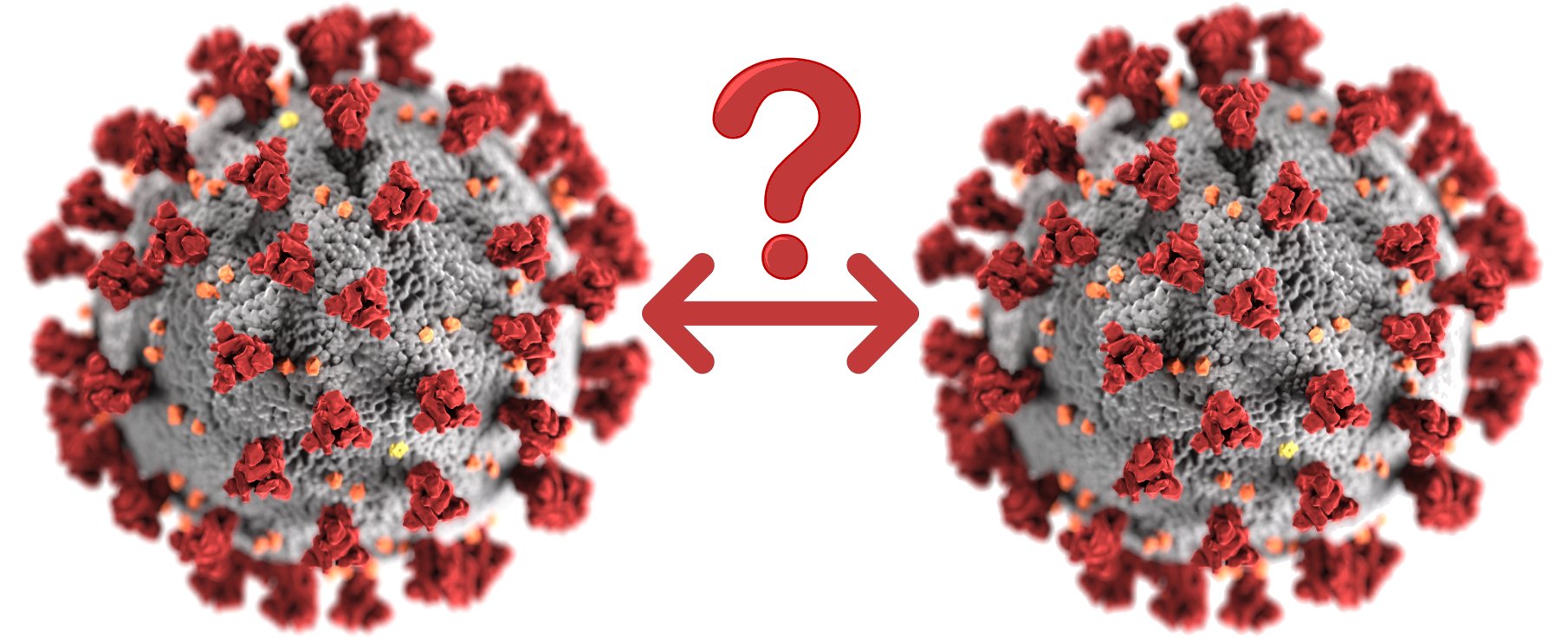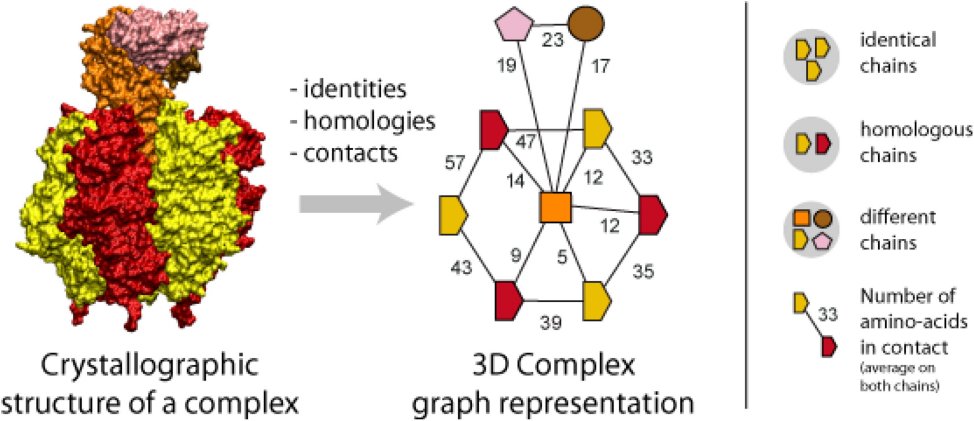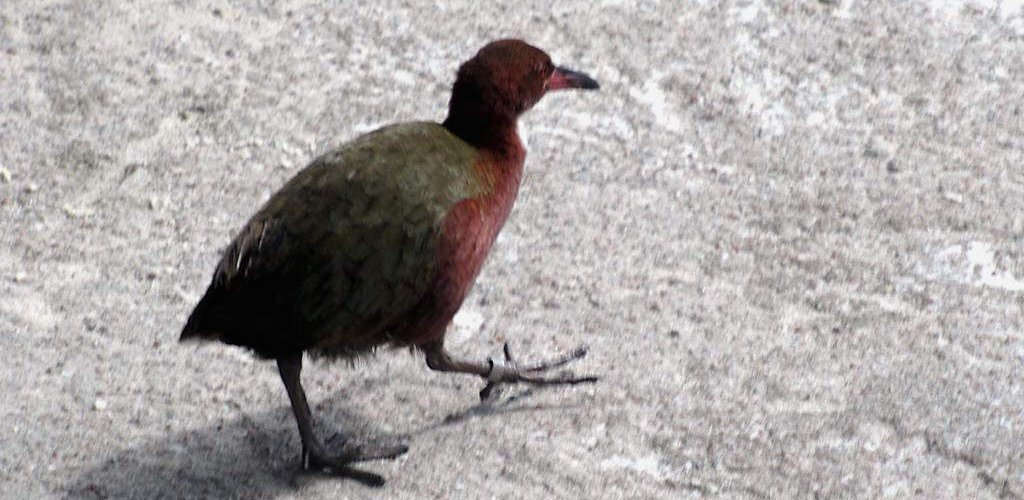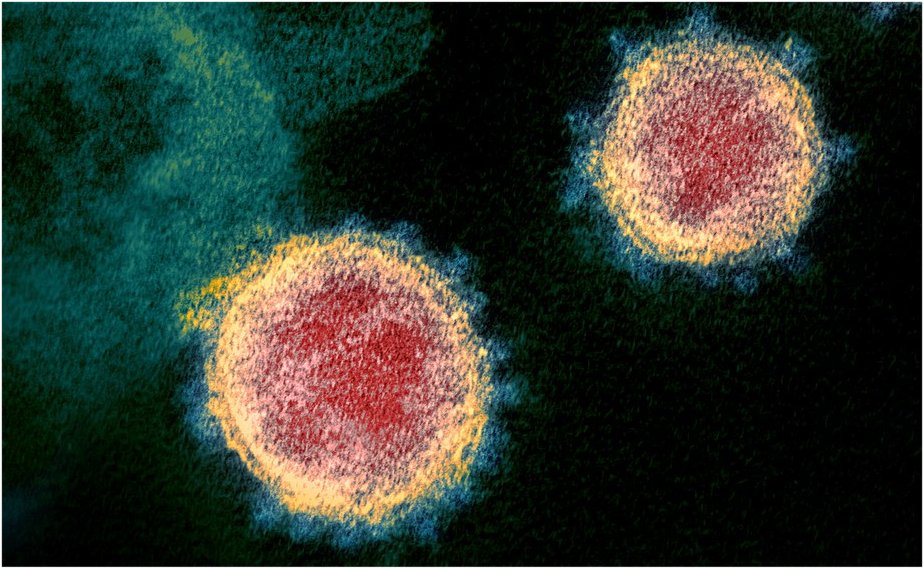
There are several drug treatments that are currently being investigated for COVID-19. However, of all the studies I have seen so far, this one looks the most promising. In the study, UK-based Synairgen chose 101 hospital patients and randomly assigned them to get a placebo or a chemical called “interferon beta,” a protein that has antiviral properties and is naturally produced by the human body. Both the placebo and the protein were administered through inhalers so that they ended up in the lungs. Over the roughly two-month study, patients getting the protein were 79% less likely to develop severe symptoms that required a ventilator. Also, while three of the patients who received the placebo died, none of those who received the protein died.
The study seems well designed. For example, patient ages were very similar. The placebo group’s average age was 56.5 years, while the protein group’s average age was 57.8 years. The difference is very small, but note that it favors the placebo group. In other words, since the patients getting the placebo were younger, they were automatically a bit less at risk than the protein group. In addition, the average amount of time the patients exhibited COVID-19 symptoms before getting the treatment was very similar, 9.8 days for the placebo group and 9.6 days for the protein group.
I do, however, see two potential problems. First, the number of patients in the study is small. As a result, they made a lot of other interesting observations, but they couldn’t determine whether those observations were the result of the protein or random chance. For example, the patients who received the protein were roughly twice as likely to recover within the two-month period than the ones who did not receive the protein. However, because the number of patients is so small, mathematics tells us it is possible that this result is caused by chance and not by a difference between the placebo and the protein.
The other problem, of course, is that this study was performed and reported by the pharmaceutical company that wants to produce and sell the drug. Initially, of course, this makes sense. Studies cost money, so the company that wants to make and sell the drug should spend the money to do the studies. However, before the drug can be approved for general use, there will need to be a larger study with independent analysis. I eagerly await that kind of study.









